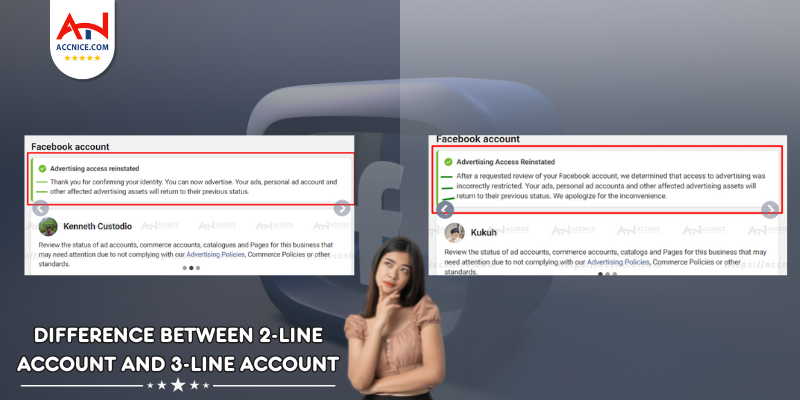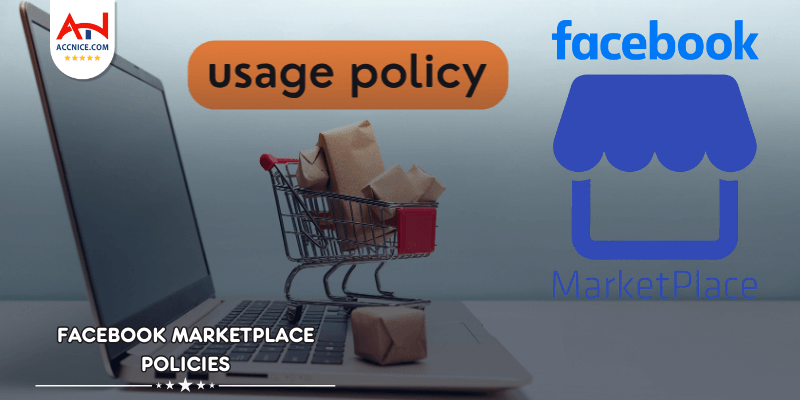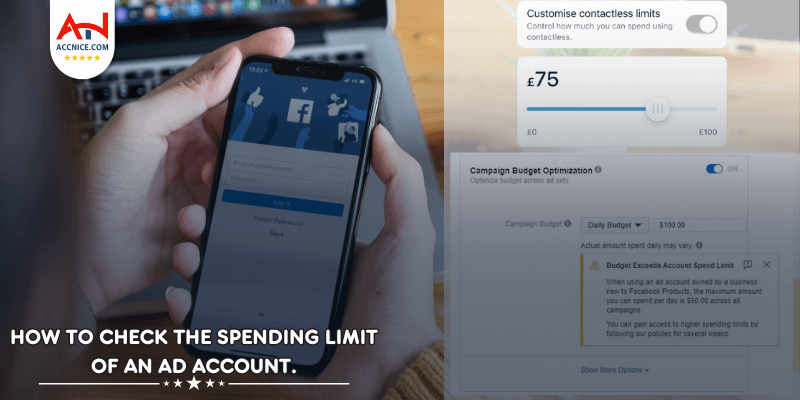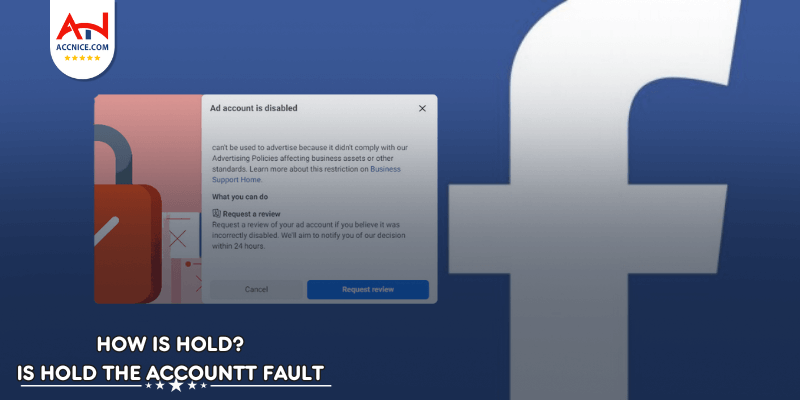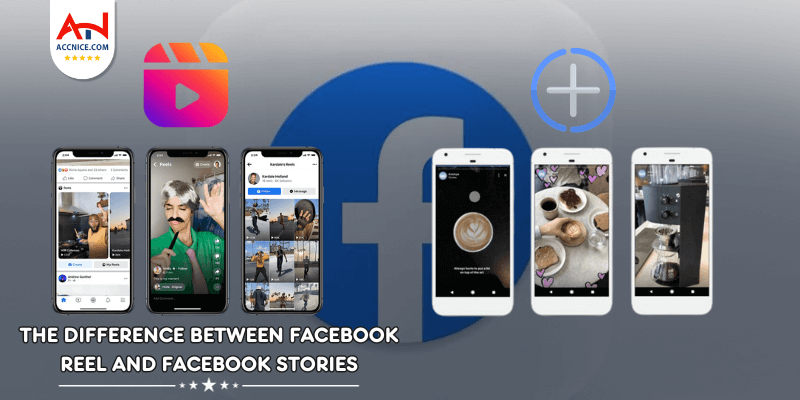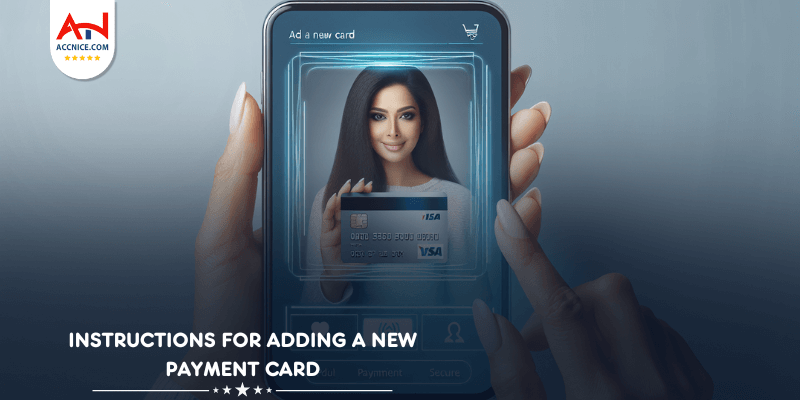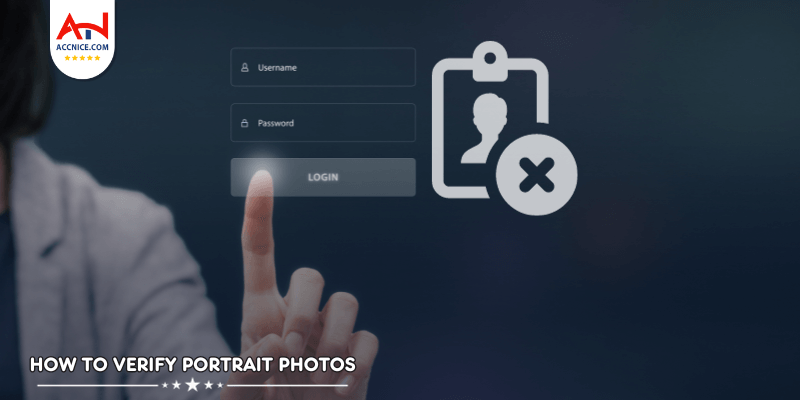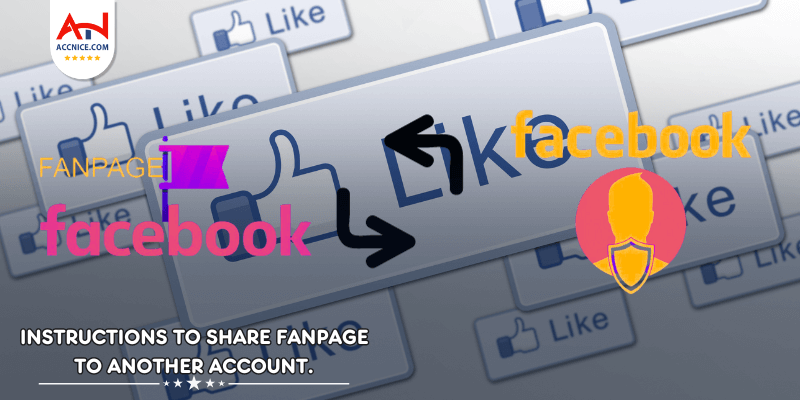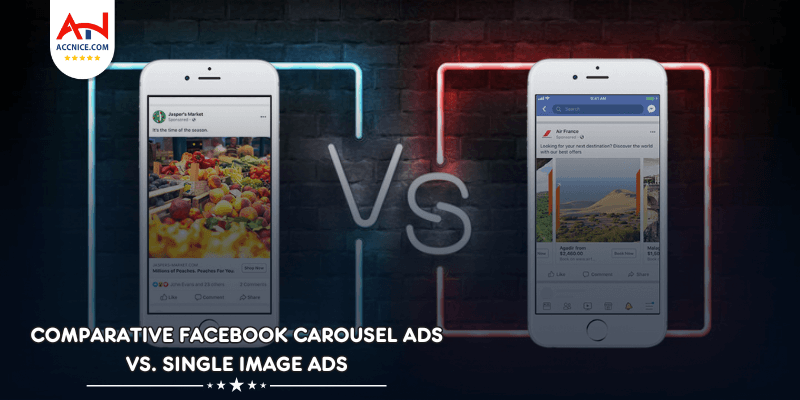
In the diverse world of Facebook advertising, choosing the right ad format is crucial for campaign success. Two popular formats are Carousel Ads and Single Image Ads. This article provides a detailed comparative analysis of these formats, exploring their distinct features, benefits, and best use cases.
Carousel Ads allow advertisers to showcase up to ten images or videos, each with its link, in a single ad. Ideal for storytelling, showcasing multiple products, or highlighting different features of a single product.
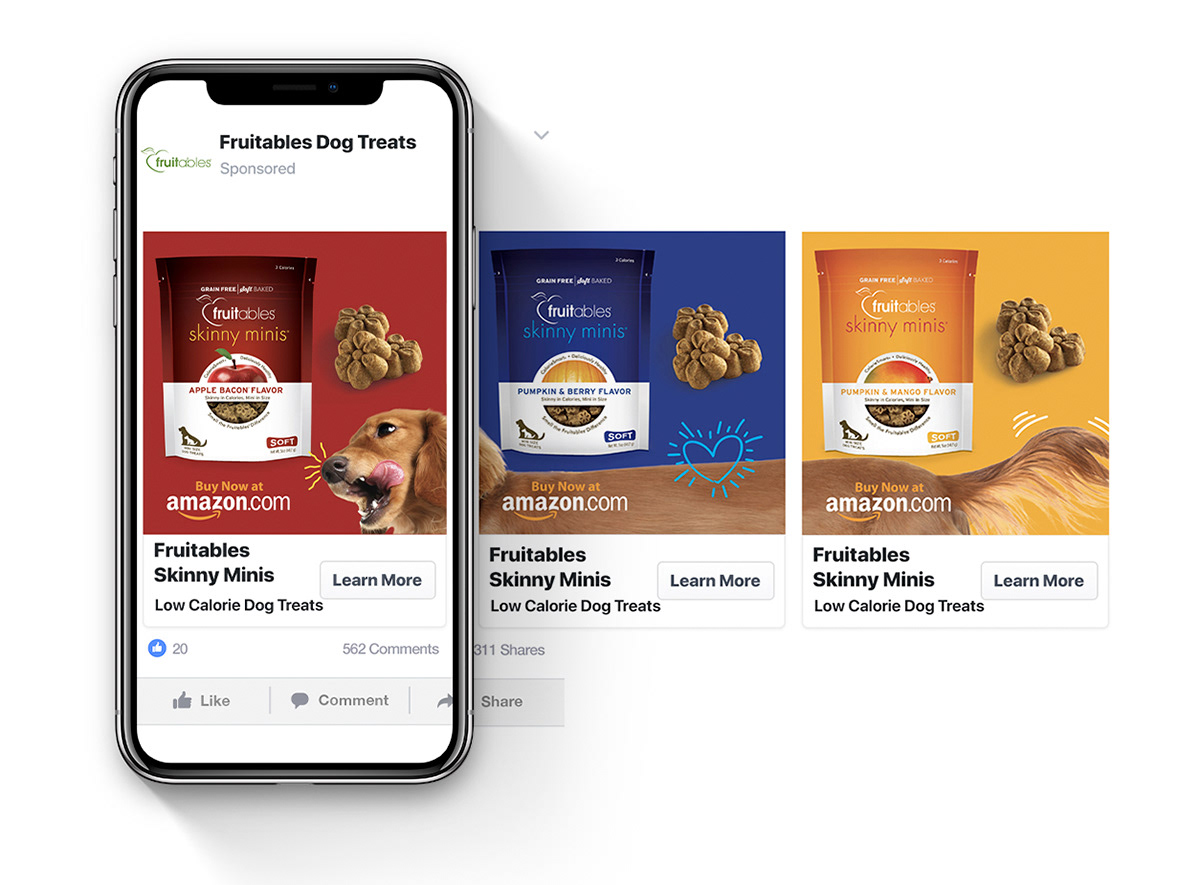
Single Image Ads are straightforward, featuring one image or video with a link. They are simple yet powerful and are widely used for their clarity and directness.
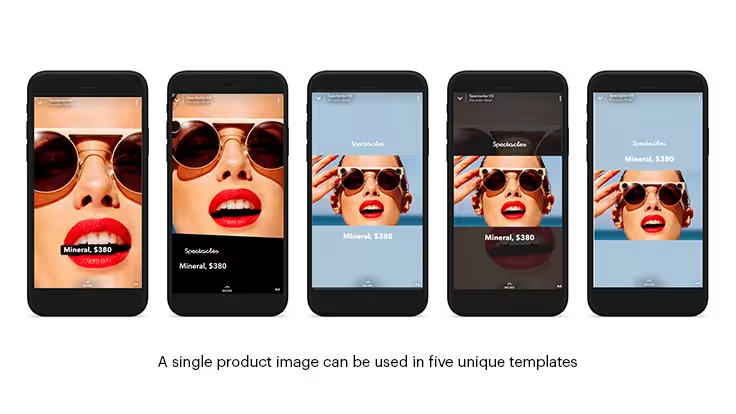
Carousel Ads offer more visual space and creative flexibility, enhancing user engagement through interactive scrolling.
Single Image Ads provide a focused, singular visual, making a strong impact with one powerful image or message.
Carousel Ads can deliver multiple messages or stories within a single ad, suitable for detailed or layered messaging.
Single Image Ads are best for delivering a concise, strong message or call-to-action.
Versatility in showcasing a range of products or features.
Higher engagement due to interactive format.
Effective for storytelling and detailed product demonstrations.
%20(1).png)
Simplicity and ease of creation.
Ideal for clear, focused messaging with a strong call-to-action.
Less overwhelming for viewers, offering a direct and straightforward approach.
Carousel Ads can be complex to set up and may overwhelm users with too much information.
Single Image Ads may not provide enough space to convey complex messages or showcase multiple products.
Introducing new product lines or multiple products.
Telling a brand story or showcasing a process
.Providing a detailed look at a single product.
Promoting a single, strong offer or announcement.
Targeting a clear and specific call-to-action.
When simplicity and message clarity are paramount.
Conclusion:
Both Carousel Ads and Single Image Ads offer unique advantages in Facebook advertising. The choice between them depends on your campaign goals, the complexity of your message, and your desired level of user engagement. Understanding the strengths and limitations of each format can help advertisers craft more effective, targeted campaigns.

